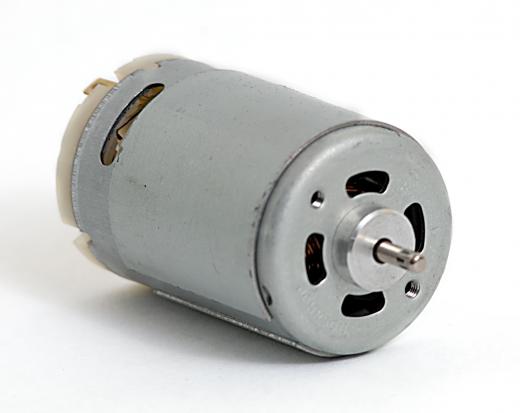A filter capacitor is an electronic component that removes voltage or signal spikes in electronic circuits. Capacitors are used as filter devices due to their ability to absorb and effectively store electrical charges at predetermined values. This characteristic is used in a filter capacitor application to soak up or buffer voltage values which exceed set parameters. Filter capacitors are typically placed across a load or as a path to ground in circuits. Several different filter capacitor types include electrolytic, ceramic, and tantalum.
One of the many hurdles electronic circuit designers have to overcome is the removal of voltage and signal anomalies. These may take the form of DC ripple in power supply outputs, audio interference, and switch induced arcing. These anomalies can create havoc especially in sensitive circuits or high-end audio applications. A capacitor's ability to absorb and hold electric charges of known values makes it an ideal filter component to remove these voltage and signal spikes.

A filter capacitor is typically placed across a load or connected in such a way that it offers a controlled path to ground. In this configuration, the capacitor effectively absorbs any voltages above its rating. The stored energy is either passed to ground or dissipated back into the circuit at an appropriate point. The known operational range of capacitors makes it possible for circuit designers to precisely match the filter capacitor to the circuit requirements.
Capacitors used for DC power rail and power supply filtering are typically polarized electrolytic types. This type of capacitor offers high capacitance values in relatively small packages and at low costs. Filter capacitors applied in radio frequency (RF) filtering applications remove signal interference in both signal and power supply lines in radios and other audio equipment. These capacitors are generally ceramic plate or silver mica types with low inductance values.
Filter capacitors of the wound plastic film type and rated for mains power use are commonly utilized as switch-arc suppressors. Ceramic disc capacitors are used on low voltage DC motors to filter the RF interference caused when the motor runs. Computers utilize many filter capacitors in their circuitry with the tantalum capacitor being the most commonly used type. High power cross-over speaker systems use non-polarized electrolytic/ceramic capacitor pairs to cut signal interference. In fact, few circuits do not employ a filter capacitor at some point and they remain one of the cheapest, most efficient, and widely used methods of voltage filtering.
